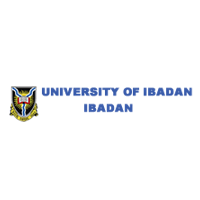Below is a summary of the abstract you submitted. Presenting author(s) is shown in bold.
If any changes need to be made, you can modify the abstract or change the authors.
You can also download a .docx version of this abstract.
If there are any problems, please email Dan at dar78@pitt.edu and he'll take care of them!
This abstract was last modified on April 2, 2024 at 4:57 a.m..

Bacteriophage Jayhawk belongs to cluster K and subcluster K1 with 104 members. Members have average genome size of 59926 base pairs and an average GC content of 66.8%. Bacteriophage Jayhawk was originally isolated from an enriched soil sample by LeTourneau University in 2021. It was grown on Mycobacterium smegmatis mc 152 bacterial host, sequenced by Illumina genome sequencing, and reveal an approximate coverage of 21X and G-C content of 66.6% with accompanying genome length of 59732 base pairs. Like every other member of the subcluster K1, Jayhawk exhibit a temperate life cycle. Auto-annotation was carried out using Glimmer and Genemark in-built gene predictors in DNA Master and RAST server and both predicted 97 gene features. Visual inspection and start site refinement were carried out using conserved start site predictions from Starterator index, gene synteny on Phamerator and six-frame translation inspection on Artemis Comparison Tool. Assignment of putative functions was done on NCBI protein Blast, HHPred databases. Phylogenetic nucleotide identity of the cluster was generated using the Orthologous Average Nucleotide Identity Tool. Of the ninety-seven manually validated protein features, ninety-two were forward-transcribed genes, one transferRNA and four reverse-transcribed genes. Assignment of putative functions was carried out using the NCBI Blastp algorithm, Pharmerator and HHPred, this revealed about 44.33% assigned features with only one reversed gene with putative function – Transcriptional repressor, others were assigned to forward oriented genes. Forward oriented genes with putative functions include Terminase, portal protein, Head maturation protease, Head scalfolding, major capsid protein, the presence of lytic cycle proteins such as endolysin, lysin and holin was also recorded.

